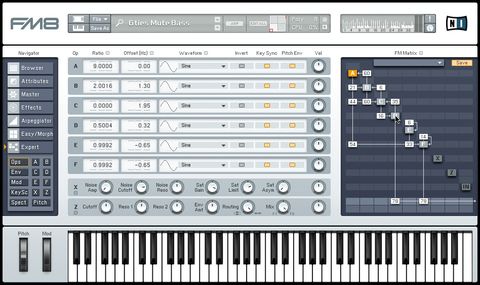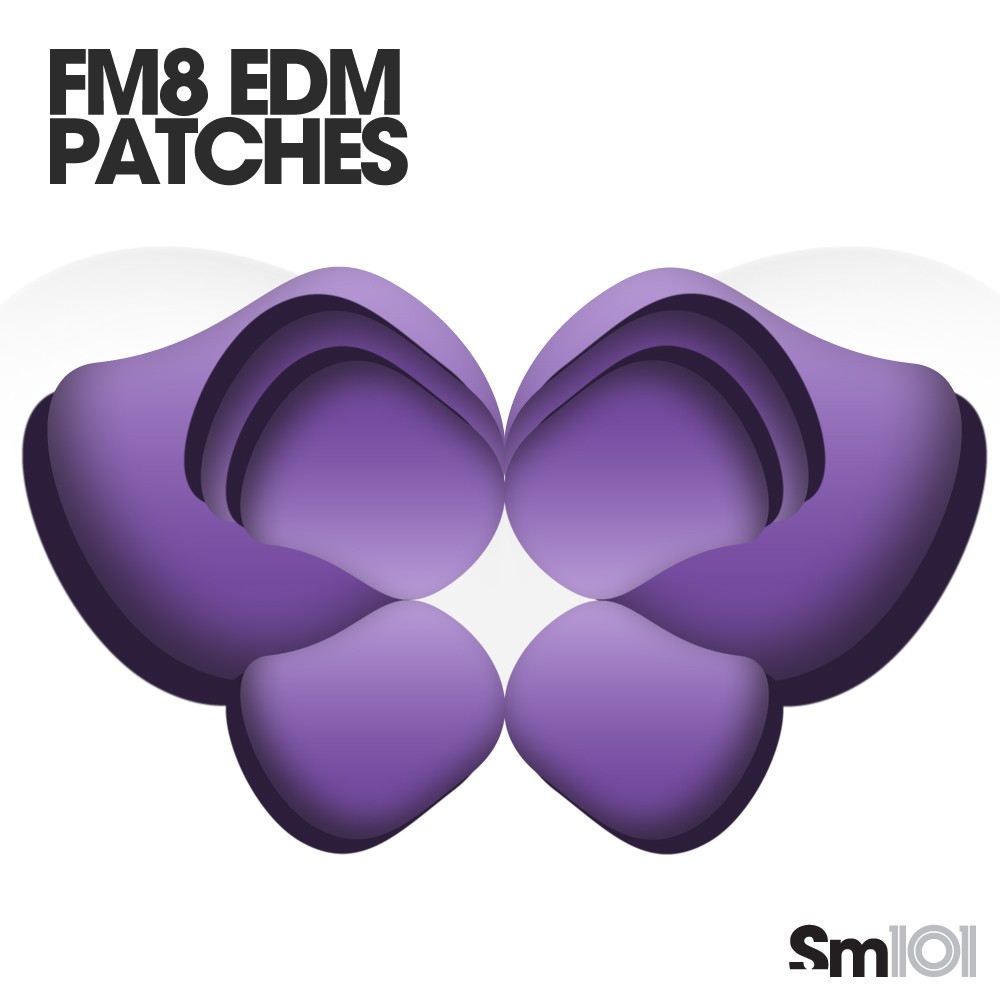
Everything is ready for instant download right to your hard drive! Not only this, but there's also another 3 bonus video tutorials specifically on creating that growling Skrillex style bassline!Īnd best of all there’s no waiting by the mailbox for delivery. Included in the toolkit we have 70 howling bassline patches as well as 6 video tutorials on patch creation, effects tweaking (including some great tips on using envelopes to add dynamic evolution and harmonics to your sounds) through to how to use the morph grid and deep modulation of parameters within FM8. What do Skrillex, Datsik, Excision and Ajapai (amongst others) have in common? They all use NI FM8.ĭr Hobo introduces his FM8 Dubstep Growl Bass toolkit - 70 FM8 pure dubstep bass patches and 2 hours of tutorials to get your basslines groaning, screaming, howling, wailing and wobbling in the style of the dubstep masters. Here's everything You Need to Make the Nastiest Bass sounds around! So we’ll use that to analyse the patch, and recreate it in Dexed.ĭon’t worry if you don’t have access to FM8 – we’re just going to use it to understand how the patch works – but if you do, you can download the DX27 patches yourself from here.Are You Looking for an FM8 Dubstep Growl Bass Toolkit? DX27 SysEx compatability isn’t currently supported by Dexed, but it is supported by Native Instruments FM8. The easiest way for use to work out what’s going on in Solid Bass is to load the patch up into a synth. Dexed, which is available in AU and VST formats for Windows, macOS and Linux.

Let’s explore its mysteries and see what it can teach us about FM synthesis… What you’ll need: Solid Bass is a cracking bit of sound design, and offers a combination of powerful characteristic transient and appropriately solid low-end that’s a really great use of FM’s capabilities.

You can hear it on a huge number of 80s and 90s pop and dance hits including Whigfield’s Saturday Night, Orbital’s Halycon and On and On, and of course Haddaway’s seminal What Is Love. The Solid Bass preset (which also found its way onto Yamaha’s TX81Z rackmount synth in 1987 in the form of the slightly tweaked ‘Lately Bass’), is a sound design classic. And while it was a cheaper, more portable take on FM with only four operators as opposed to the DX7’s six, it was still capable of making some fantastic sounds. Released in 1985, the DX27 was one of the many FM synths Yamaha created in the wake of the DX7’s enormous success.


 0 kommentar(er)
0 kommentar(er)
